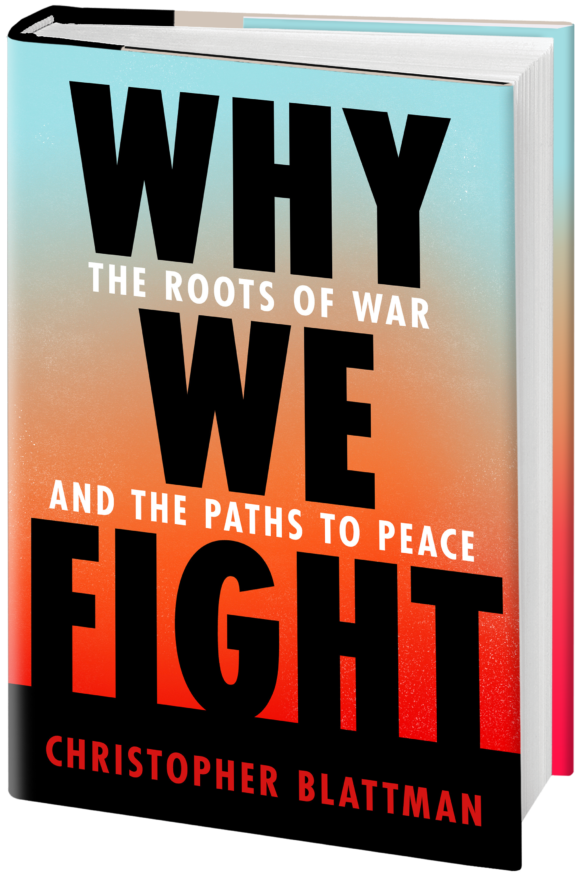Public transit accounts for only 1% of U.S. passenger miles traveled but nevertheless attracts strong public support. Using a simple choice model, we predict that transit riders are likely to be individuals who commute along routes with the most severe roadway delays. These individuals’ choices thus have very high marginal impacts on congestion.
We test this prediction with data from a sudden strike in 2003 by Los Angeles transit workers. Estimating a regression discontinuity design, we find that average highway delay increases 47% when transit service ceases.
This effect is consistent with our model’s predictions and many times larger than earlier estimates, which have generally concluded that public transit provides minimal congestion relief. We find that the net benefits of transit systems appear to be much larger than previously believed.
A new paper by Michael Anderson.
I’m curious about the politics and economics of actually increasing subways. It seems to me that affordable subways were more feasible when fewer people could vote and the economic value of the land was lower. So many people stand to lose in the short term from a new subway line (say, because your store loses traffic or you live with noise) and wages and other costs so high, that I’m skeptical a city like New York could ever expand the network.
Then again, I’d be happy with inframarginal changes, like stations that are less than 90 degrees hot and do not smell like urine.

17 Responses
seems to me that affordable subways were more feasible when fewer people could vote and the economic value of the land was lower
In addition, the number of veto players was far smaller pre-Jane Jacobs; at that point veto players were arguably too few and too quiet, but now we’ve moved to the opposite extreme.
Outside of NYC, it’s also obvious that subways or other rail experience a network effect in which more routes and stations become useful not on a linear basis but an exponential one. So the first lines are tremendously expensive and not that useful, but more lines make them much much more useful.
“Then again, I’d be happy w inframarginal changes, like stations that’re < 90° & don’t smell like urine” http://t.co/vkln2VoD01 via @cblatts
More subways: Public transit accounts for only 1% of U.S. passenger miles traveled but nevertheless attracts s… http://t.co/A1oTRjhKiJ
“More subways” by Chris Blattman http://t.co/BsAtklFMOY
Interesting results on the impact of subways on traffic congestion. http://t.co/ph8cd9BawK
I like this analysis @msfarber. Econ to the rescue again! “@cblatts: More subways http://t.co/BRRXR4MZQC”
RT @BrendanNyhan: We’re likely underestimating the congestion-reducing effects of public transit http://t.co/I9CnN5o6HL
RT @BrendanNyhan: We’re likely underestimating the congestion-reducing effects of public transit http://t.co/I9CnN5o6HL
RT @BrendanNyhan: We’re likely underestimating the congestion-reducing effects of public transit http://t.co/I9CnN5o6HL
RT @BrendanNyhan: We’re likely underestimating the congestion-reducing effects of public transit http://t.co/I9CnN5o6HL
RT @BrendanNyhan: We’re likely underestimating the congestion-reducing effects of public transit http://t.co/I9CnN5o6HL
We’re likely underestimating the congestion-reducing effects of public transit http://t.co/I9CnN5o6HL
@cblatts I don’t know… More urine may reduce the (transportation) congestion. Dream big!
@oneflores mira: http://t.co/itknZkumxm
RT @cblatts: More subways http://t.co/4KVnRT75gf
You know there is a major subway expansion under way in NY right now, yes?
Nice use of RDD to assess impact of public transport on road delays, via @cblatts – http://t.co/UyXOQ3d3U3